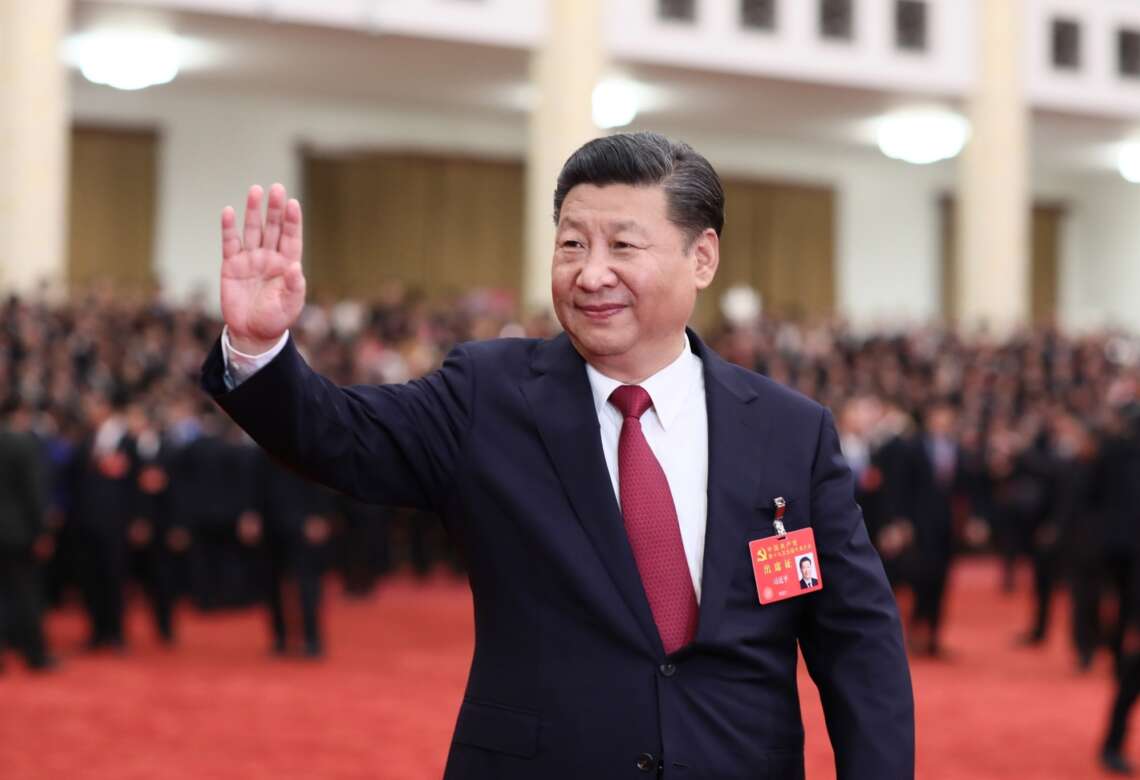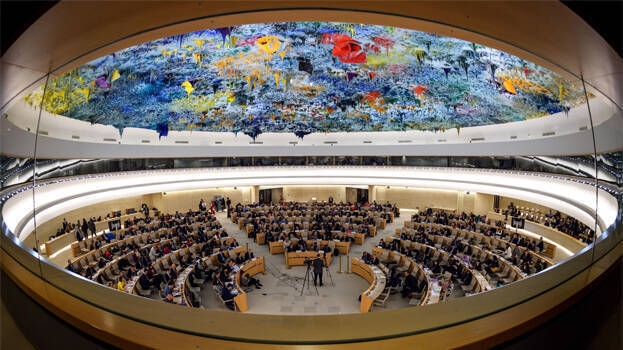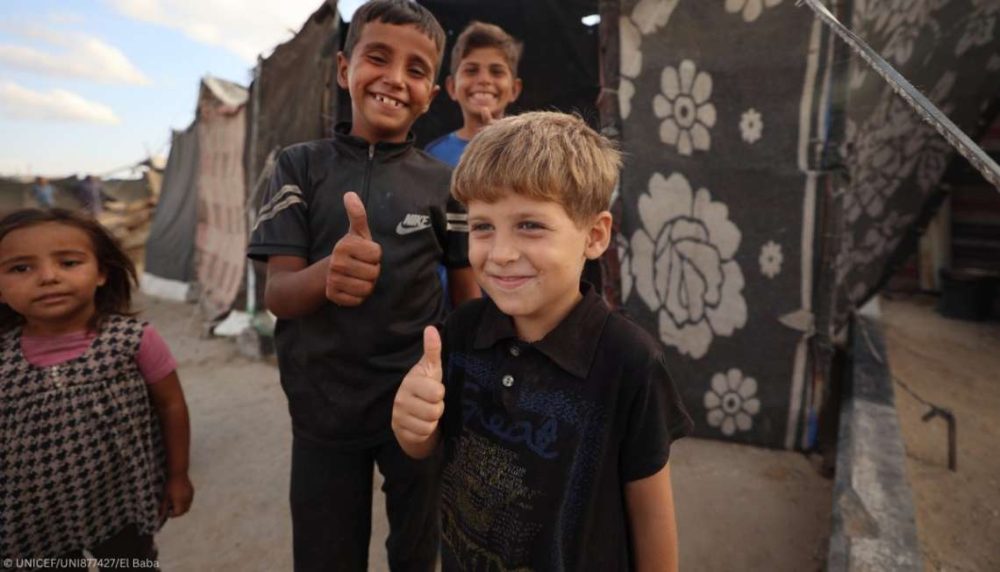China rolls out a nationwide childcare subsidy scheme, easing burdens on young families with digital access, inclusive coverage, and strong financial backing from the central government.
In a sweeping move to encourage childbirth and ease the financial burden on young families, China has earmarked 90 billion yuan (approximately USD 12.6 billion) from its central budget this year to support a nationwide childcare subsidy programme, according to the Ministry of Finance.
The funding, which constitutes nearly 90 percent of the total subsidies issued, will be distributed to local governments through central transfer payments, ensuring broad and uniform implementation of the scheme. The announcement was made by Guo Yang, an official from the Ministry, at a press briefing on Wednesday.
The initiative follows China’s recent launch of a national childcare subsidy targeting families with children under the age of three. Each eligible child will receive an annual subsidy of 3,600 yuan, a measure expected to directly support over 20 million families every year.
Digital-first application process
To maximise accessibility, the application system has been designed to be digital-first. Starting in late August and becoming fully operational by August 31, families will be able to apply online using a unified national information system, said Wang Haidong of the National Health Commission (NHC).
“Applicants can now complete the entire process from home, using mobile apps such as Alipay and WeChat, or via provincial-level government platforms,” Wang noted. For those unable to access online tools, offline options will remain available at township or subdistrict offices where the infant is registered.
Only minimal documentation is required: proof of the infant’s identity and evidence of a caregiving relationship—such as a birth certificate and household registration book. The goal is to reduce administrative barriers while ensuring that the support reaches every eligible household.
Inclusive coverage
The programme is universal in scope, cutting across urban-rural divides, ethnic groups, and birth orders. Guo Yanhong, deputy head of the NHC, clarified that first, second, or third children are all eligible, regardless of geographic or demographic background.
She noted that the 3,600-yuan annual subsidy standard was calculated based on typical childcare costs and fiscal sustainability, while also taking cues from international best practices. Many countries use direct financial aid to support young families and encourage higher birth rates—a strategy China is now adopting nationwide.
While some Chinese provinces had previously piloted similar schemes, this is the first time such a programme has been launched nationwide, with significant central budgetary support.
Support for working mothers
The childcare subsidy programme is part of a larger policy shift toward birth-friendly and family-supportive measures, as China grapples with a rapidly ageing population and declining birth rates.
Liu Hongmei, an official from the All-China Federation of Trade Unions, said that between 2022 and 2024, the federation allocated 22.5 million yuan in subsidies to employers to expand workplace childcare infrastructure. This included setting up childcare centres and breastfeeding rooms for working mothers, improving the work-life balance for families.
Trade unions across the country have been tasked with fostering family-friendly workplaces, offering practical support to help women balance careers and child-rearing.
Expanded maternity coverage
Further reinforcing its family welfare framework, China has also expanded coverage of its maternity insurance system. According to Liu Juan of the National Healthcare Security Administration, the maternity insurance programme now covers 253 million people, including growing numbers of migrant workers and flexible employees.
Since 2021, benefits under the programme have been claimed over 96 million times, with total expenditure reaching 438.3 billion yuan. These benefits include maternity leave compensation, hospital delivery costs, and now, increasingly, access to assisted reproductive technologies and painless childbirth services.
Liu added that assisted reproductive treatments are now covered by medical insurance in all 31 provincial-level regions, including in Xinjiang Production and Construction Corps, while certain areas have extended coverage to epidural analgesia and related maternal services.
This significant budgetary allocation and policy momentum reflect China’s growing urgency to address its demographic challenges, including a declining birth rate and shrinking workforce. Policymakers are now turning to targeted financial incentives and social infrastructure to create an environment conducive to family formation.
As local governments prepare for the August rollout of the childcare subsidy programme, officials emphasise that strict oversight mechanisms will be in place to ensure funds reach their intended recipients. “Every penny will be protected and allocated transparently,” said Guo Yang of the Finance Ministry. China’s move toward a comprehensive, accessible, and inclusive childcare policy may mark a pivotal shift in the country’s approach to population management—one that prioritises affordability, workplace inclusion, and digital efficiency in delivering public welfare














